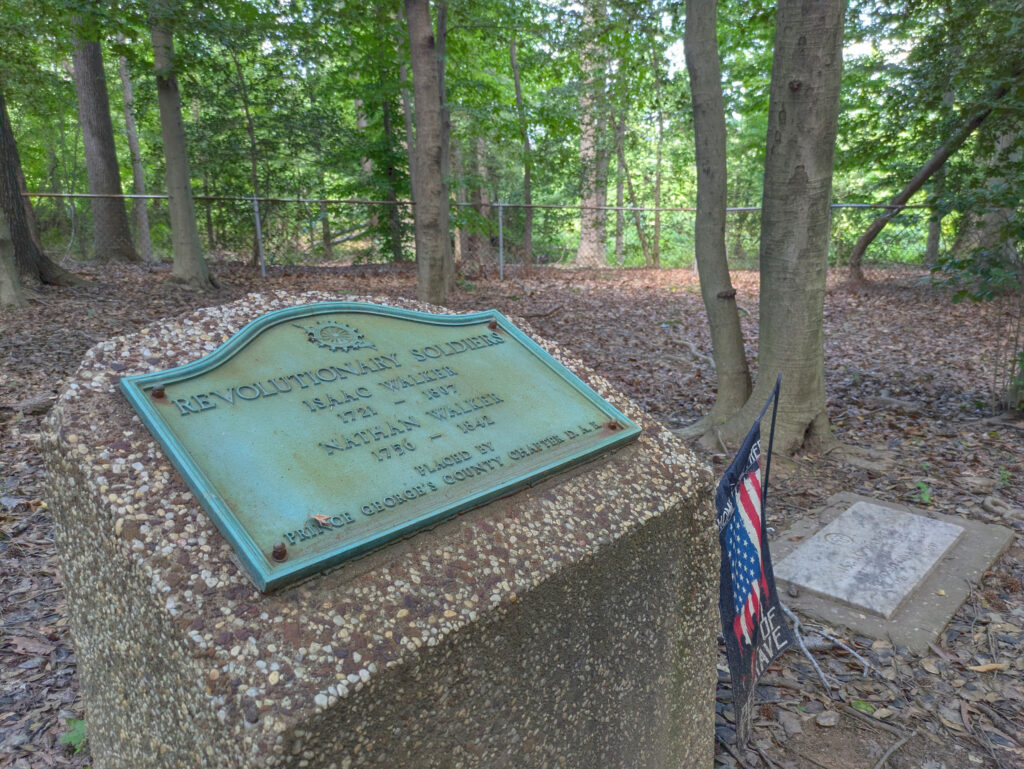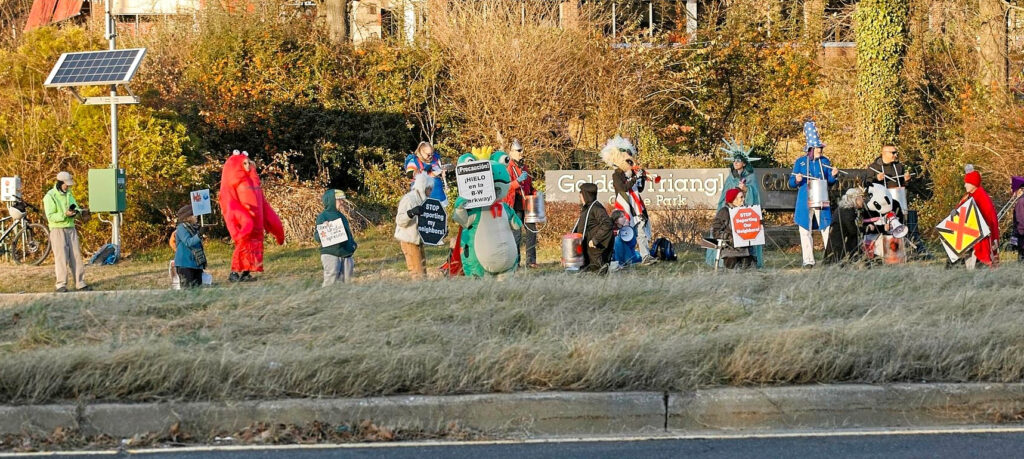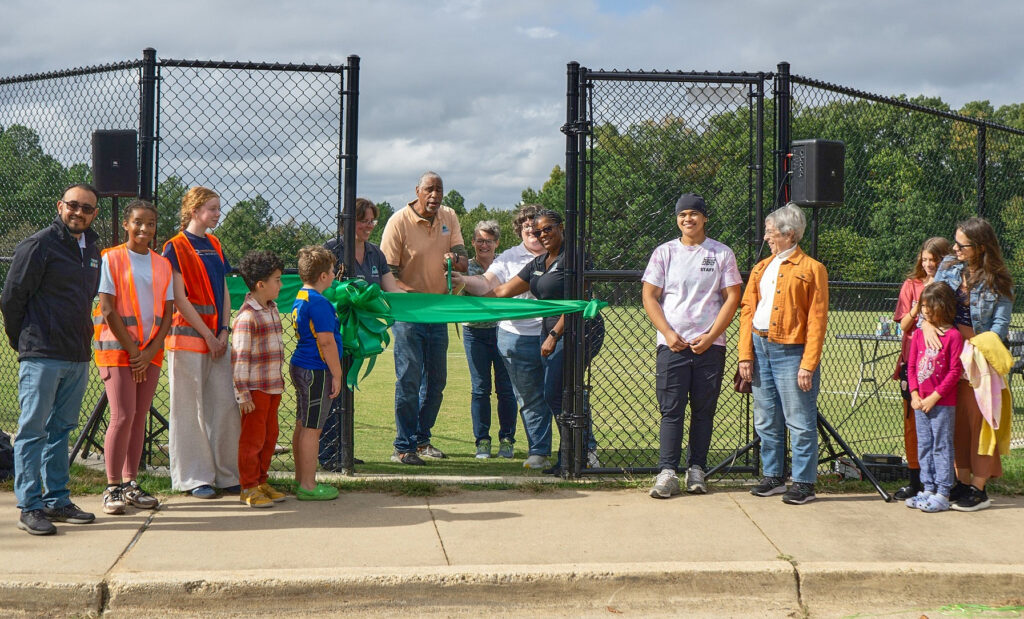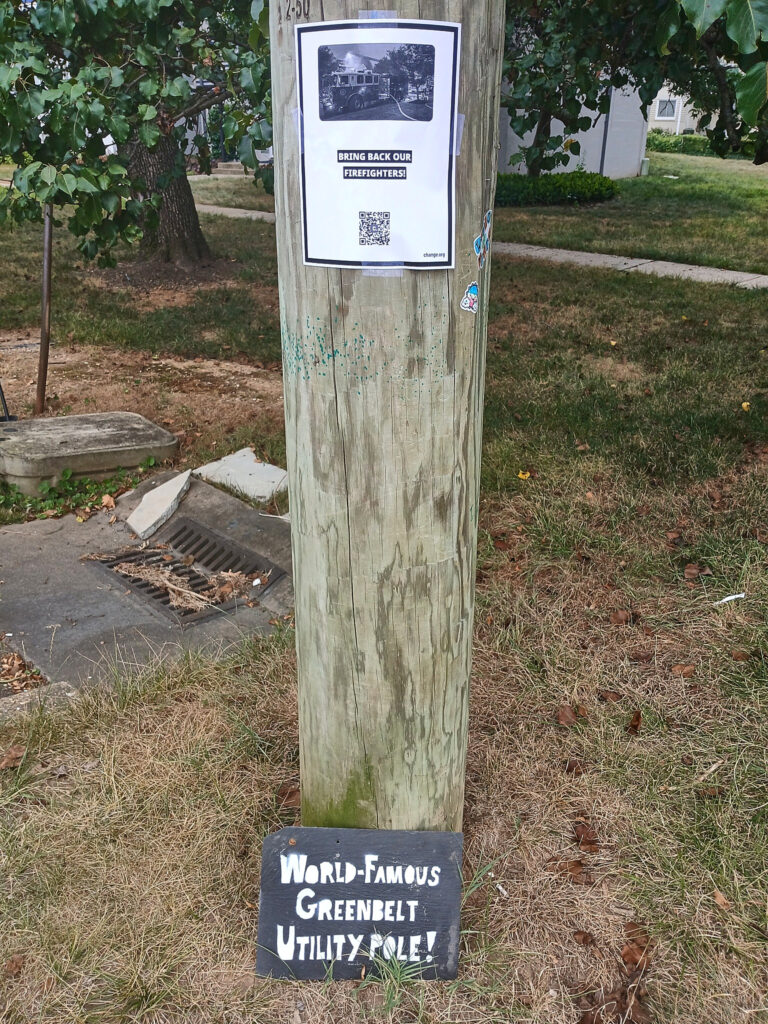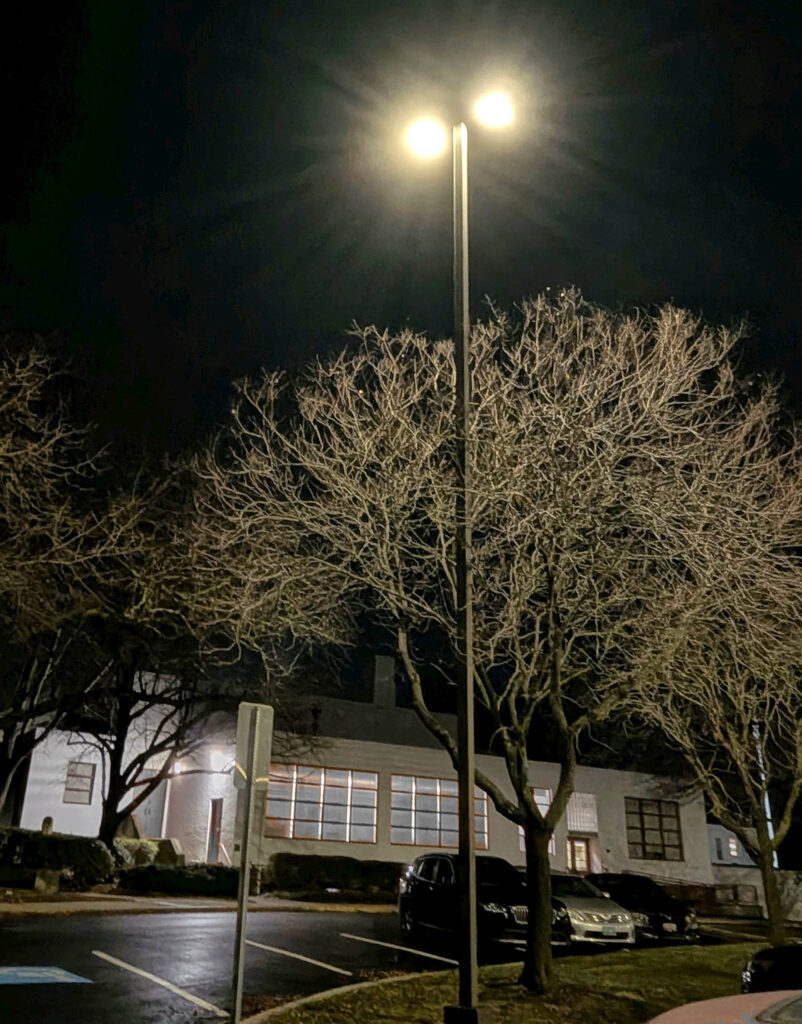On July 23, Carolyn Gimbal of Johnson, Mirmiran & Thompson (JMT), who has been contracted by the city to formulate a plan for the preservation of Greenbelt’s historic cemeteries, presented their Master Preservation Plan for Hamilton, Turner and Walker cemeteries in Greenbelt. This was the first public introduction of the plan, which was funded in part by a grant matched by the city.
JMT is an employee-owned civil engineering firm offering a broad range of services in planning, design and construction. Gimbal, an architectural historian, is working with a team of various disciplines. She described them as a “full service cultural resources group” that has archaeologists, historians and landscape architects on staff.
Also participating were Terri Hruby, the city’s director of Planning and Community Development, and Megan Searing Young, director of the Greenbelt Museum.
Greenbelt Cemeteries
Greenbelt’s three historic cemeteries are those of the Turner, Hamilton and Walker families. The burials, explained Gimbal, date from the late 1700s through the early 1800s, from just after the Revolutionary War to just before the Civil War. These families operated tobacco plantations, and all the graveyards are highly likely to include the graves of both family members and persons enslaved by the plantation owners, though none of the latter are clearly marked.
No buildings remain standing in Greenbelt from this period, so those times are represented uniquely by these cemeteries. There are remnants of the foundations of the Walker and Hamilton homes which survive. What is left of the Walker home, named Toaping Castle, originates from a 1757 patent and is on Greenbelt Road; the Hamilton home, known as Hamilton’s Purchase, 1766, was near the Greenbelt Homes, Inc., offices on Hamilton Place.
Preserving these cemeteries for the people of Greenbelt to appreciate now and in the future will be a multiphase project and this is the beginning phase, said Hruby.
Community Use
Gimbal mentioned several ways communities use their historic cemeteries. They may be included in tours of the area for local residents and visitors. Ceremonies may be conducted at them, which can include grave rededications. People may gather to observe holidays such as Juneteenth or Veterans Day. Community groups may organize cleanup days to keep the cemeteries well-tended, or choose to create new monuments to commemorate those buried there, especially those who have no legible markers for their graves.
Project First Phase
The report that will be produced by JMT in this first stage of the project will include detailed photographic and geolocation data, site maps showing clearly demarcated boundaries of each cemetery, recommended improvements such as paths and lighting, gates, fences and other measures for better access and security, and recommendations for what may be done in the next phases of the project. To share their findings with the public, JMT will use multiple technologies. They are exploring the use of story maps, a newly developed method.
In answer to a question, Gimbal explained that in this first phase, there won’t be enough funding or time to use ground-penetrating radar (GPR) to detect hidden graves, but it will be among their recommendations for future work. In their planned surveys of the cemeteries, they will search for depressions in the ground, unmarked stones and plants such as periwinkle that were often planted near grave sites.
Currently, they are researching the families through resources found in the Greenbelt and Prince George’s County Historical Society libraries and the Greenbelt Museum. Family Bibles such as that of the Turners are among the materials being used. They also have the slave schedules of the U.S. Census which include the names of a few enslaved persons, but the majority of the listings include only the ages and genders of those held by the families.
There are few known tombstones found in these cemeteries. One can be seen on display in the Turner cemetery, some in the Walker cemetery (which aren’t original to the time of burial) and a few in the Hamilton cemetery, which were removed due to vandalism and are now stored at the Public Works facility.
Participant Comments
Greenbelt resident Bill Orleans asked whether there are plans to expand any of the cemeteries to include new, modern burials. It was clarified that the only cemetery with modern burials is the Greenbelt Cemetery, and it is not being included in the work of this project. Only the preservation of the historic cemeteries is being studied.
Lois Rosado commented that there are known burials of enslaved persons at the Walker cemetery; J Davis mentioned that a sorority group had recently held a cleanup day there.
It was regretfully recalled by several in attendance that until the construction of the office buildings in the Golden Triangle, numerous Indigenous graves had been found in the vicinity, which were dug up and from which artifacts were taken over many years. While there is no record of this taking place, several people in attendance recognized tales of grave robbing as part of the oral history of the area.
It was suggested that old-timers whose memories extend to Greenbelt’s earliest days might have useful and interesting knowledge of the historic cemeteries, but no one was sure whether any such persons still survive.
Any tips regarding elders or others who might be able to contribute knowledge, thoughts, information and ideas on the preservation of the historic cemeteries, may be sent to Gimbal (cgimbal@jmt.com) or alternatively emailed to Hruby (thruby@greenbeltmd.gov) or Young (director@greenbeltmuseum.org), who will pass them along to the team at JMT.
Much information about the early settlers in Greenbelt is available in chapter 1 of the book Greenbelt History of a New Town, 1937-1987, by Mary Lou Williamson, general editor (1987).

